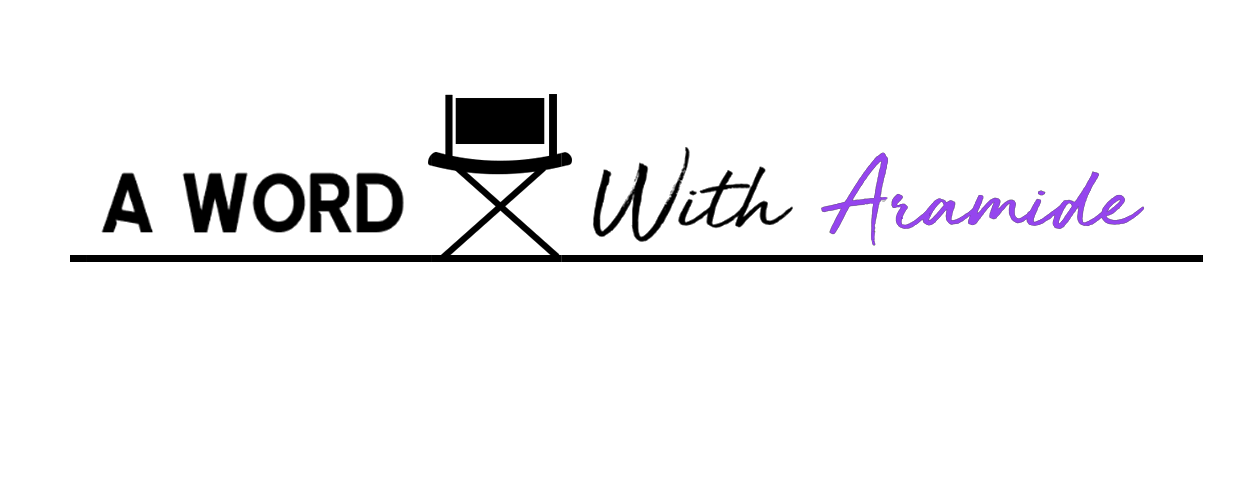Though her father was a research scientist at NASA’s Langley Research Center, writer, researcher, and entrepreneur Margot Lee Shetterly knew very little of the Black female engineers, scientists, and mathematicians that helped catapult the United States into the space race during the 20th century. As a result of her compelling 55-page book proposal, Shetterly’s book “Hidden Figures” was optioned for film. “Hidden Figures,” which debuts in theaters on Christmas Day tells the astounding story of Katherine Johnson (Taraji P. Henson), Dorothy Vaughan (Octavia Spencer), and Mary Jackson (Janelle Monáe), three of NASA’s ingenious “human computers” who were instrumental in helping the USA reach new heights in the midst of the Civil Rights Movement. Recently, I sat down with Margot Lee Shetterly to discuss her fascinating, best-selling narrative, and the film that has moved audiences across the country. We chatted about how she uncovered this untold story, handing the history over to Hollywood, and what she hopes we can all learn from these incredible women.Aramide Tinubu: I know that this was a deeply personal narrative for you because your father worked for NASA. What brought you to this project? Did you know about Katherine Johnson and the other Black female scientists in this story? Did your father ever talk about them while you were growing up?
Margot Lee Shetterly: I did know them growing up. My dad worked with Mary Jackson very closely at one point. I knew Katherine Johnson as well. They were all part of this group of Black engineers and scientists within this larger NASA community. So these people on one weekend would go to the HBCU Alumni Association Dance, and then the next weekend they would go off to the National Tech Association where they would put on their science hats and be together and talk about that.
AT: Wow.
MLS: Yeah, so I got to see them in this really fluid way. There was no disconnect between those parts of their identities; it was very normal. But you know, while I knew the women; I didn’t know their story and how they got there. It was really my husband who helped spark the idea. We were visiting my parents almost exactly six years ago and had run into one lady who is a Sunday School teacher, and my dad was talking about the work that she’d done, and it just turned into this larger conversation about these different women. My husband was like, “This is amazing! Wait a minute nobody knows about this!” And I was like, “Wow, I don’t know this story.” That was really the beginning of me saying, “OK, I need to know this story.” Six years later here we are.
AT: That’s so amazing. I know that your process was very different. A lot of times people write books and then they are optioned for film. However, you were writing the book while the film being shot, it happened pretty much simultaneously. What was that process like?
MLS: I would say it took three years of just research to really come to the point where I had the form of the book and was working to pull the book in its current structure together. So when they called me up, Donna Gigliotti the producer, who is really truly a brilliant visionary woman, she called me up just based on the book proposal. I was an unpublished author, and it was my first book, which is a big risk.
AT: A huge risk!
Continue reading at Shadow and Act.

